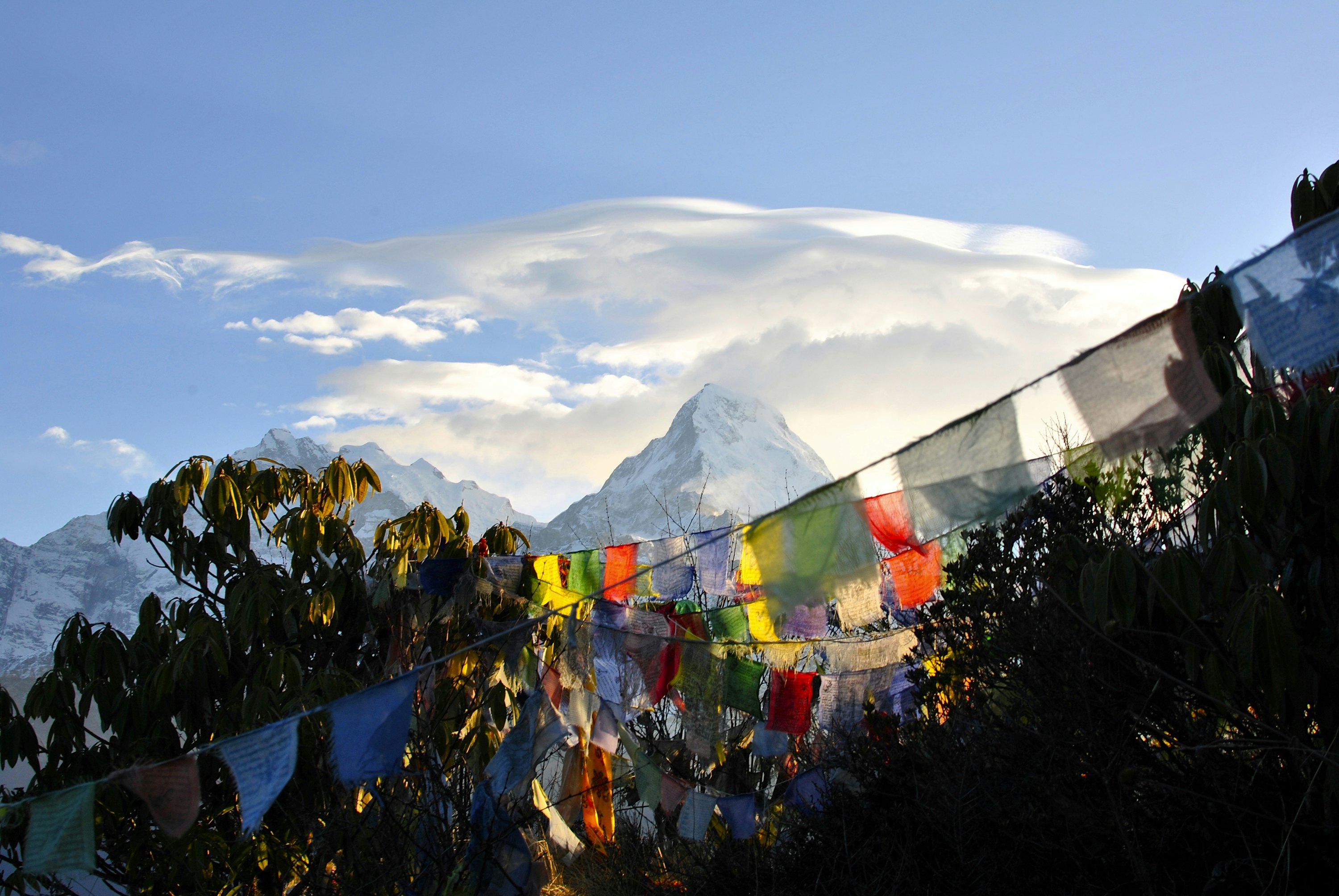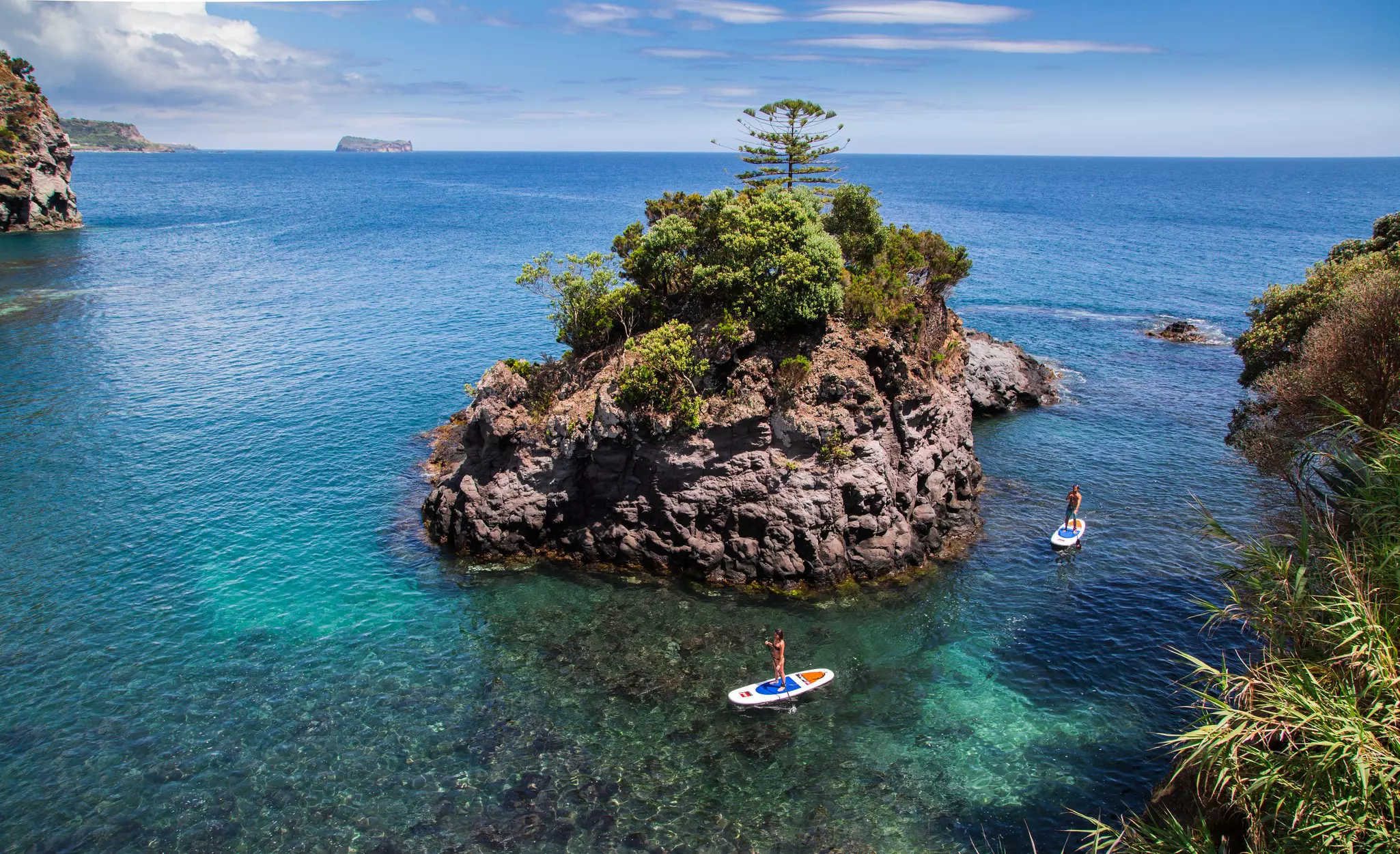
Responsible trekking in Nepal: tips for minimising your footprint
Oct 19, 2017 • 5 min read

Ever since Nepal first opened its borders to outsiders in the 1950s, this mystical mountain nation has proved irresistible to travellers, adventurers and mountaineers. Today, legions of trekkers are drawn to the Himalaya’s most iconic and accessible hiking, following ancient caravan routes and the footsteps of early expeditioners, to Everest, the Annapurnas and beyond.

But tourism can be a double-edged sword, and seemingly miraculous economic gains come at the expense of increased environmental impacts. While there’s no denying that the standard of living in villages on Nepal’s main trekking circuits has improved immensely, the continual increase in visitors, coupled with an appetite for home comforts (hot showers, cold beer, internet, pizza and apple pie), has produced spiralling competition for already scarce resources – threatening to destroy the very reason trekkers are there in the first place. Here are some considerations and things you can do to trek responsibly.
Choosing your trek
Before heading into the hills, you’ll want to decide on your style of trek. Are you happy to walk independently, carrying your own gear, or do you prefer someone else to do the organising and heavy lifting? More importantly, are your choices contributing to the local economy or hurting the environment? Budget, comfort level, intended route and environmental footprint should all play a part in your trek selection, whether you choose to walk independently or part of an organised group.
Independent
The two most popular treks in Nepal – the Annapurna (aka “Apple Pie”) Circuit and the trek to Everest Base Camp (including Gokyo Lakes) – are both well trodden, with plenty of tourist-friendly teahouses, making it easy to rely on local facilities. Independent trekkers can choose where to stay and who gets their money, and can make informed decisions based on a lodge’s sustainable practices. Trekking independently also affords staying in smaller villages that are normally skipped by the bigger groups. This spreads the wealth and lessens localised environmental stress, and also allows altitude acclimatisation at your own pace.

Group
Organised camping treks on the other hand, will get you into restricted areas that cannot be visited independently, such as Humla and Inner Dolpo in the west of Nepal, and the stunning Manaslu Circuit (arguably Nepal’s most scenic trek) where the 2015 earthquake destroyed most of the lodges. Before signing on for a group trip, examine the sustainability credentials of the agency providing the trek. Better outfits will publish these on their websites, and may donate a portion of their funds to community projects in villages passed enroute.
Hybrid
Independent trekkers can still contract a local guide and/or porter. A guide should be familiar with the route, speak your language and arrange meals and lodgings, but won’t carry your pack; a porter will lug your gear but probably won’t speak your language and may not be familiar with the route or local customs. A lot of porters are subsistence farmers from the lowlands hoping for a better income. Sometimes you can find students who are willing to assume both roles. With any guide or porter, you are responsible for their welfare, ensuring they have adequate clothes, proper acclimatisation and medical insurance.
Kathmandu Environmental Education Project (KEEP) run a porter clothing bank in Thamel and readily accept donations of used gear.
International Porter Protection Group (IPPG) advocate for porter rights.

A guide is also mandatory for the sensitive Tibetan-influenced border regions of Upper Mustang and Nar Phu. Once the abode of expensive large-scale mountaineering expeditions, a string of simple lodges in both areas makes an ‘alpine-style’ foray (aka you carry your own gear) quite feasible. To lessen cultural and environmental impacts, visitor numbers and the duration of stay are tightly controlled and permits for restricted areas are only issued to accredited trekking agencies (see www.taan.org.np).
Sustainable trekking tips
The Annapurna Conservation Area Project (ACAP) publishes a minimum impact code that combines environmental behaviour with cultural awareness. Many of the better trekking agencies adopt and expand this code. In essence:
Avoid buying plastic bottled water. Bring your own bottle and fill it with boiled water/tea/hot lemon from your lodge. ACAP provide numerous filling stations along the Annapurna Circuit where water bottles can be refilled with UV treated water for a minimal cost. Carry purifier drops or tablets as a backup.
Avoid burning wood for heating or cooking. Deforestation is rife in Nepal, don’t add to it. Ensure any hot showers are solar powered.
Save precious fuel by ordering the same meal as your trek buddies. Your guide will be eating dhal bhat (the Nepali national dish of rice and lentils); you’ll be rewarded with smiles if you order the same. Pressure cookers are the most energy-efficient cooking method.
Take your trash home with you (e.g. spent batteries, broken electronics) and use recycling and compost bins wherever available. Avoid excess packaging.
Use a toilet where available.
Respect the local culture, dress and act modestly, and always seek permission before taking photographs.
Don’t encourage children to beg by indiscriminately handing out money, candy or pens.
Show an active interest in the local culture by learning some words of Nepali, Sherpa or Tibetan.

Trekking for a cause
Adventure fundraising has become quite popular as a means of raising money for a selected charity by setting yourself an arduous task to complete. All well and good if you are self-funding the whole trip and donating the full amount of raised funds to charity. If not, ask yourself why strangers should pay for your holiday.
A less ethically-fraught option is to volunteer your time and skills to communities along your trekking route. The 2015 earthquakes devastated many community buildings (village schools in particular were hard hit) and some trekking companies offer the chance to help rebuild these institutions in areas where the government-funnelled aid money doesn’t reach.
World Expeditions offers Community Project treks, working with both Hillary’s Himalayan Trust and the Australian Himalayan Foundation.
CATreks is a UK not-for-profit trekking agency working closely with Community Action Nepal (CAN) – founded by Everest climber Doug Scott – to bring education and health services to remote mountain villages.














